10 Tips for Landscape Photographers
“Landscape photography is the supreme test of the photographer – and often the supreme disappointment.” – Ansel Adams.
So many times I have pointed my camera at a landscape simply because it was there and looked beautiful. This was a a trap. I had been lured me into believing that simply taking the photograph was worthwhile in itself. All I had done was hold a mirror up to nature. I had not made the photograph. The image made no statement and expressed nothing about my own perspective.
Ansel Adams understood that the photographer needs to find a voice through the landscape. For years I floundered because I had nothing to convey other than the obvious beauty of the land. I realised that I had to find a way to engage with the landscape because, if I couldn’t, then neither could the people who saw my photographs.
The following tips are just reflections based on a personal philosophy of what I believe is important in landscape photography.
1. Have Something to Say about the Landscape
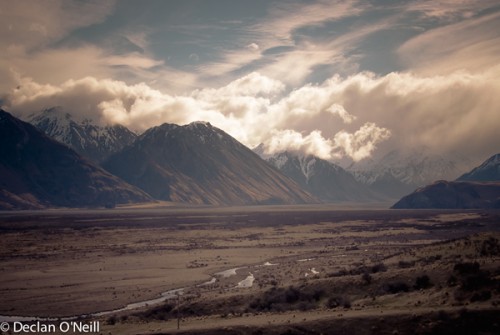
It took me a long time to see that light gives landscape its own voice. Light creates mood and emotion in landscape. The land is a huge canvas on which light paints a complex and delicate picture.
For me, photography is about capturing the way in which light transforms the land. My decisions, therefore, about what to photograph and how to compose the shot are all dictated by the question, ‘Does this say something about light and landscape?’ This simple question leads me to reject many frames which, while beautiful, present no opportunity to explore my chosen theme.
2. Get up Early!
If given a choice between dawn and sunset I would always choose the former. I have nothing against sunset shots but I usually find that there is nothing original that I can add to the thousands of sunset photographs I have seen.
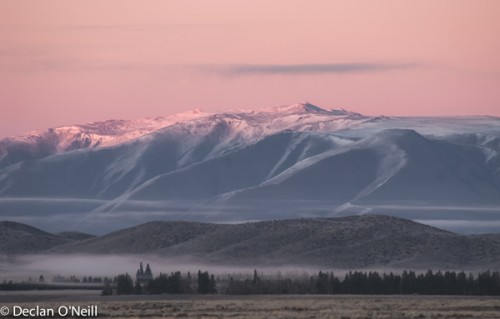
It is rather like wildlife photography because you might get the shot you have wanted for years or you might get nothing. Dawn light can range from the most delicate dusky pink to a warm yellow.
Keep an eye on weather forecasts because, if you are lucky enough to live in an area with really cold nights and clear skies, you can sometimes catch wonderful cloud and vapour effects which have disappeared by the time the rest of the world is awake!
3. Imperfection is Fine!
Landscape photography is made especially difficult by the huge dynamic range you encounter. There is no way of controlling light balance in the field.
ND filters sometimes help but I find them fiddly and often not right for the particular location I have chosen. Often I have to reject a magnificent opportunity because there is simply too wide a dynamic range.
I am not a fan of HDR techniques or software. They give themselves away and I feel that they destroy the integrity of the shot. Most shots can be light balanced on the computer. Sometimes, however, the shot is actually better because of impossible dynamic range.

It’s technically a rather poor photograph but it has something that draws you to examine it more closely. Look beyond getting the perfectly lit shot and see the potential of the subject.
4. Look Behind You!
It is so easy to see the money shot and forget to look around.
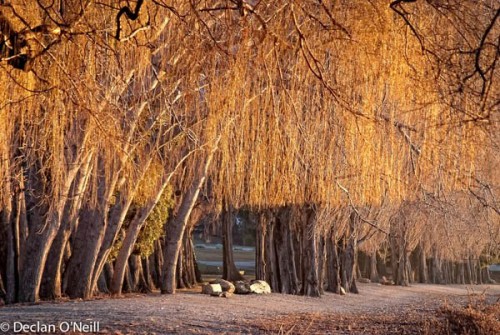
Having decided that the water/sunset shot was not worth taking, I was walking back to the car when I happened to look behind me and saw the trees.
The obvious shot is not always the best one. Learn to look hard.
5. Make use of Planning Software
I have two pieces of software that are vital for field trips. The first is called The Photographers Ephemeris.
In brief, it allows you to choose any location in the world, on any date and at any time and it shows exactly where the sun will be. You can plan the best day and time to go to a particular location and also decide the exact spot from which to take the shot. If you are serious about landscape photography you need this tool.
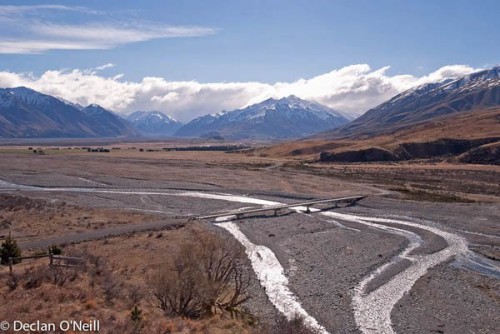
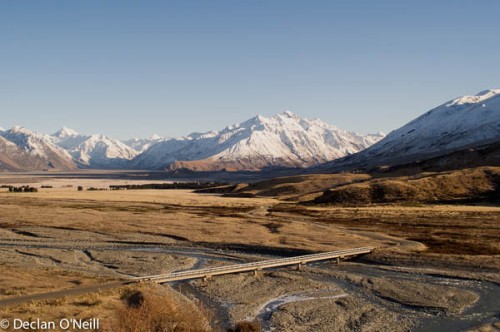
The wide angle photo was taken late afternoon in September (early spring in New Zealand). The sun’s reflection on the river turns it to silver but also creates blow out problems.

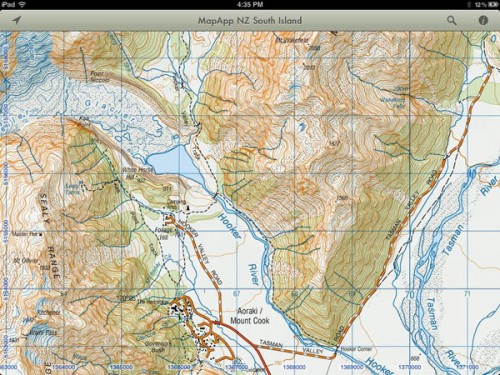
6. Equipment is not Important
Better equipment does not produce better photographs any more than a better pen lets you write that great novel you’re planning! Every photographer needs equipment but you should treat it like an author treats their writing implement. It is just a vehicle to transmit what is in your brain to someone else. You need a point of view (see tip one) and then you can use anything from a smart phone to a Nikon D800.
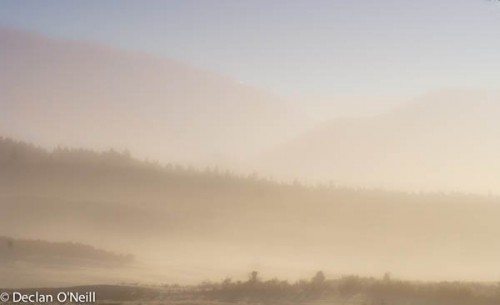
7. Don’t try and Paint Landscape with a Camera
There is quite a vogue on the Internet for photographs which have been heavily post processed or which use fashionable techniques like x10 ND filters to make water look like smooth silk.
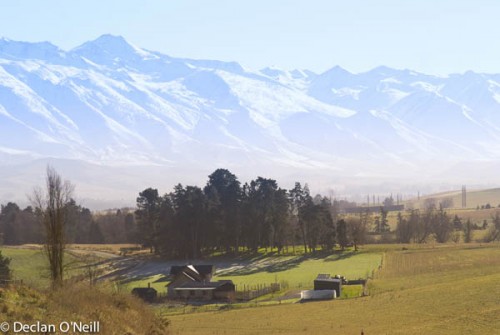
The best photography mines a seam in our conscious and unconscious. That is why heavily photoshopped, idealised versions of landscape often leave us cold. They are telling a story that isn’t really true. We recognise the artifice of the orange sky and super-saturated grass.
These are mute photographs because they don’t speak with their own voice. Photographs with integrity invite us to explore them. Like an abstract painting, a landscape photograph should throw us back to our internal life. Photographs can be metaphors but they should be metaphors created in the mind of the viewer rather than of the photographer.
If you want to create your own version of what the scene looked like then take up painting!
8. Bad weather is Good Weather
Cloud and rain are not the most encouraging weather conditions yet they often present opportunities far more exciting than those of a cloudless day.

Interestingly, when this photograph was submitted to an image bank it was rejected on the grounds it had been photoshopped to make it monochrome. It hadn’t been. Nature sometimes surprises with extraordinary effects which aren’t a product of any software programme.
9. Keep going Back
Luck plays a huge part in getting those special shots. If you find a place that offers great potential, keep returning because you will, almost certainly, improve on your first shots.
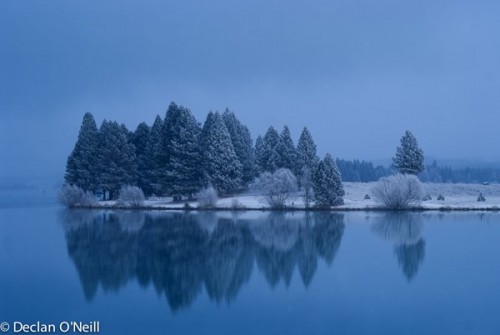
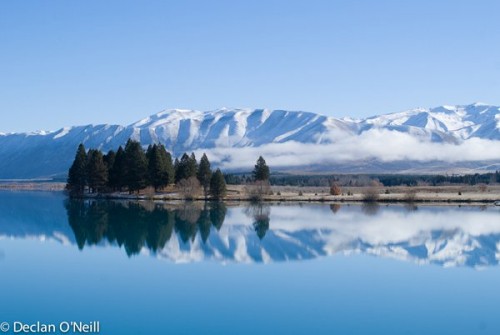
Finding your own voice as a photographer means choosing carefully what advice to take.
For example, the conventional wisdom is that you should try and have an object of interest in the foreground of wide landscape shots. This is presumably based on the idea that landscape is far too boring on its own and needs a gazing human or a grazing cow to grab your attention.
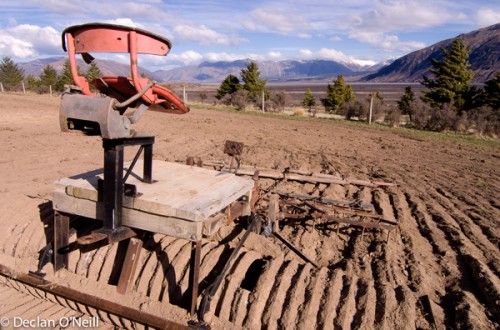



.gif)





